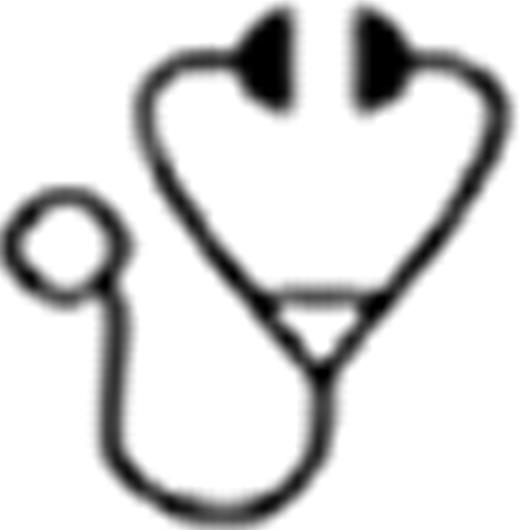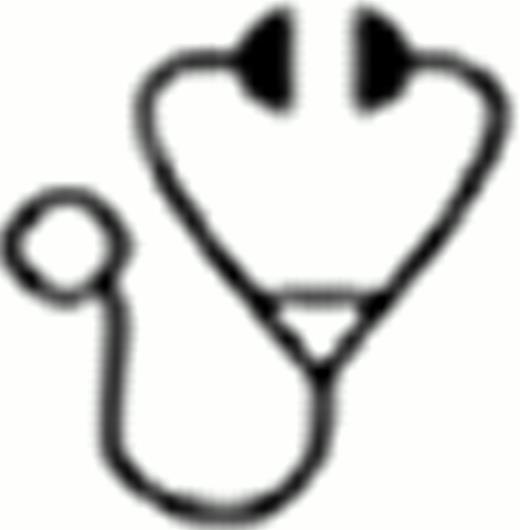Abstract
Allogeneic hematopoietic cell transplantation (HCT) following reduced-intensity conditioning (RIC) using fludarabine (FLU) and busulfan (BU) is a treatment option for heavily pretreated or comorbid patients. There is limited published experience with this approach in patients aged ≥65 years, and the influence of patient age on outcome remains to be evaluated.
Retrospective analysis of 79 consecutive adult patients (median age 60 years, range 30–74, f=34, m=45) after allogeneic HCT using FLU (30 mg/m2, day -6 to -2) and BU (0.8 mg/kg q 6 hrs from day -4 to -2) for RIC at our institution from 2005 to 2012. Antithymocyte globulin, calcineurin inhibitor combined with mycophenolate mofetil (n=18) or methotrexate (n=61) were used as graft-versus-host disease (GVHD) prophylaxis. For statistical analysis, patients were grouped in 2 age categories: Patients <65 years (group A, n=59, median age 57 years) and patients ≥65 years (group B, n=20, median age 67 years).
Diagnoses were acute myeloid leukemia (AML, A=22, B=10), myelodysplastic syndrome (MDS, A=14, B=6) and myeloproliferative disease (MPD, A=23, B=4). At time of HCT, 34% of patients in A and 50% in B were in complete remission (p=0.20). Grafts either from matched related (MRD, A=13, B=1), matched unrelated (MUD, A=21, B=8) or mismatched unrelated (MMUD, A=25, B=11) donors were used. In all patients, grafts consisted of G-CSF mobilized peripheral blood stem cells (median CD34+ cells/kg, A=6.0×106, B=7.4×106, p=0.52). CMV disparity was equally distributed between both groups (p=0.39). Median time to neutrophil count >500/μl was 21 days in group A and 20 days in group B (p=0.24). Median time to platelet recovey >20,000/μl was 18 days in group A and 16 days in group B (p=0.36). Complete donor chimerism in peripheral blood was established in group A and B after a median of 45 and 34 days, respectively (p=0.11). Because of mixed chimerism or relapse after HCT, 21 patients (A=16, B=5, p=0.85) received CD3+ donor lymphocyte infusions (A: median 10×106/kg, range 1–140×106/kg; B: median 13×106/kg, range 3–177×106/kg; p=0.77) after a median of 131 and 119 days, respectively (p=0.64). Current overall survival (OS) is 44/79 patients with a median follow-up of 818 days (range 53–2386) of patients alive resulting in a Kaplan-Meier estimated 3-year event-free survival (EFS) and OS of 42% and 52%, respectively. Although not statistically significant, AML was associated with an adverse outcome (3-year OS 37% compared to 60% for MDS, p=0.19 and 63% for MPS, p=0.09). The use of a related donor was not superior to an unrelated donor (3-year OS 49% compared to 44% for MUD, p=0.48 and 57% for MMUD, p=0.72). For the whole cohort, complete donor chimerism in peripheral blood on day +100 was associated with an improved survival (3-year OS 76% vs. 38%, p=0.002). The elderly subgroup showed a similar outcome compared to the younger patients (3-year OS in A 44% vs. 53% in B, p=0.90). Cumulative incidence of non-relapse mortality (NRM) adjusted for relapse as competing risk was 23% in group A and 10% in group B at 3 years (p=0.31). Cumulative incidence of relapse at 3 years with death due to NRM as competing risk was 34% in group A and 54% in group B (p=0.61). Causes of death were relapse (A=13, B=6), sepsis (A=7, B=0), GVHD (A=3, B=1) and others (A=4, B=1). CMV reactivation after HCT occurred comparably in both groups (A=19, B=7, p=0.82). Incidence of acute GVHD≥2 was similar in group A and B (10% vs. 15%, p=0.56) and had no significant influence on survival of the whole cohort (3-year OS 60% vs. 51%, p=0.94). Incidence of chronic GVHD was 41% in A (limited=15, extensive=9) and 55% in B (limited=8, extensive=3) (p=0.27). Analyzing the whole cohort, extensive chronic GVHD (3-year OS 31%) showed a trend towards an adverse outcome compared to limited (3-year OS 57%, p=0.07) or absent (3-year OS 55%, p=0.22) chronic GVHD.
RIC with FLU/BU for allogeneic HCT is an important treatment option in the elderly patient population. Age itself has no negative impact on survival. Complete donor chimerism on day +100 is associated with an improved OS.
Off Label Use: Conditioning in elderly patients.

This icon denotes a clinically relevant abstract
Author notes
Asterisk with author names denotes non-ASH members.


